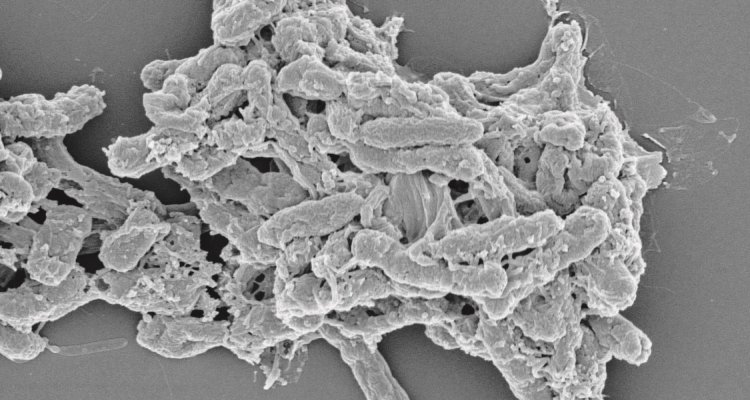
Project
Sulfur Disproportionation: How does that happen and what can we apply it for?
Sulfur disproportionation is an ecologically and technologically important part of the sulfur cycle. It is also termed dismutation or “inorganic fermentation” as one sulfur compound serves as electron donor and acceptor.
Background
To date, circa of 20 microorganisms have been described as able to couple elemental sulfur disproportionation to growth. Early studies on sulfur disproportionators suggested that they use enzymes of the reverse dissimilatory sulfate reduction pathway for disproportionation. However, a novel pathway seems to be present in a sulfur disproportionator isolated in our lab, which does not possess the genes involved in sulfate reduction and our studies revealed an active role of the enzymes rhodaneses in disproportionation. What is the actual role of such enzyme in the process and which other enzymes could play a role in there?
Aim and Strategies
To answer these questions, we will combine genome analysis and multiomics studies at RNA, protein and metabolite level of cells grown at different conditions (disproportionation versus an alternative metabolism). At least the two suggested different types of disproportionation pathways will be investigated in terms of the expression of different sulfur and oxygen isotopic fractionation. Moreover, the potential application of sulfur disproportionation for metal precipitation will be assessed in terms of competitive sulfide production rates. And as no other substrate is required for this metabolism to happen, the process may be economically advantageous compared to existing technologies.
Techniques
During a thesis you could join this project in one of its steps, in which you can learn and apply the following techniques: anaerobic cultivation, reactor assembly and operation, transcriptomics, proteomics, metabolomics and isotopic fractionation.